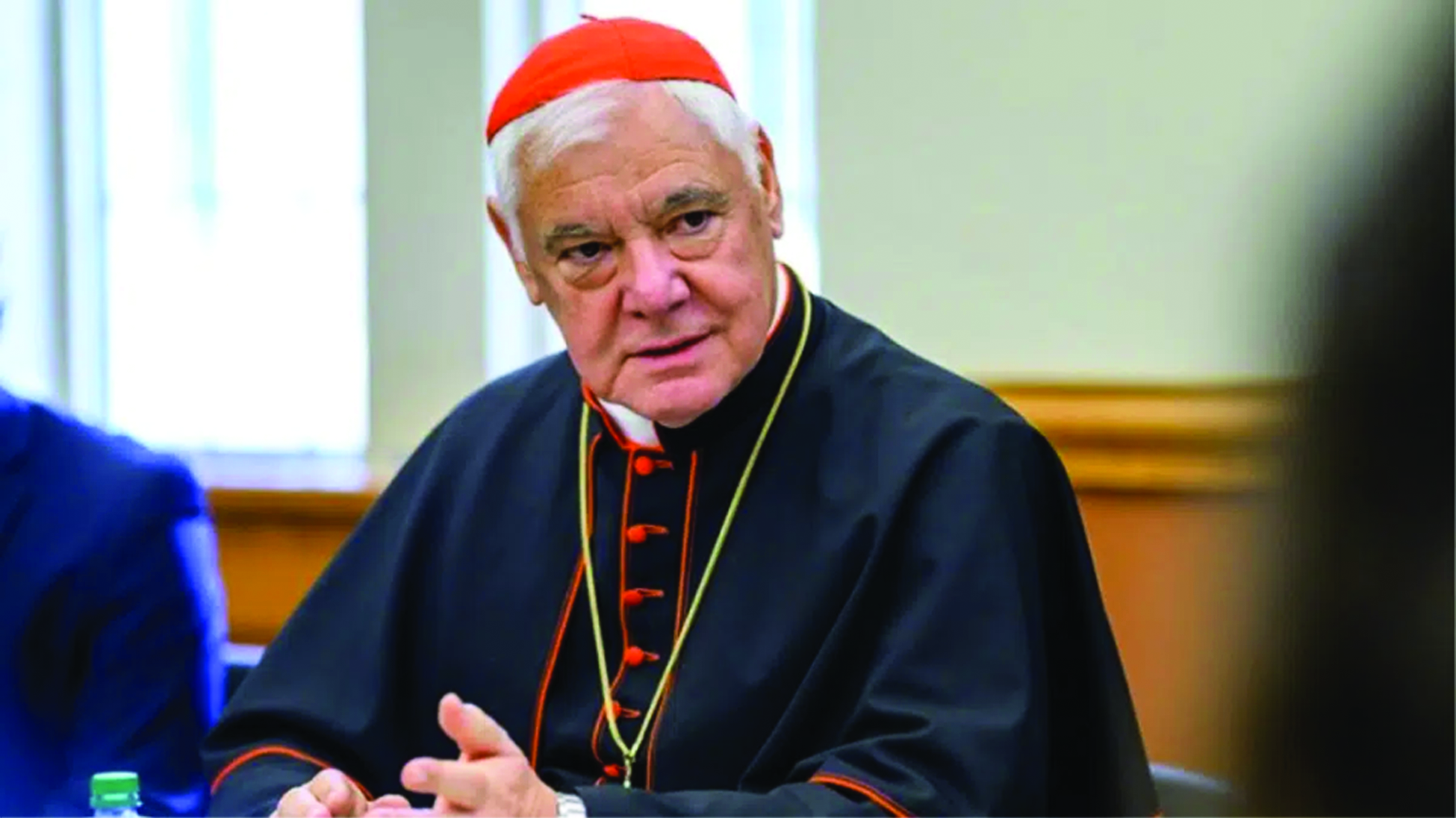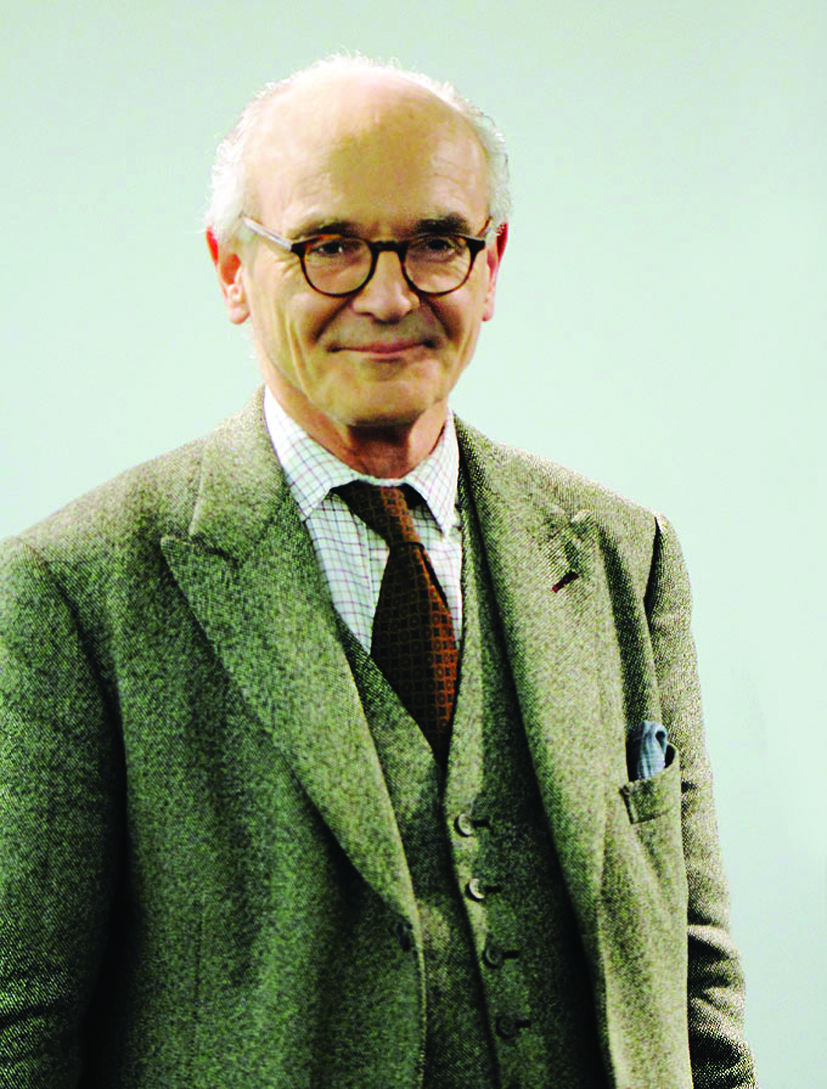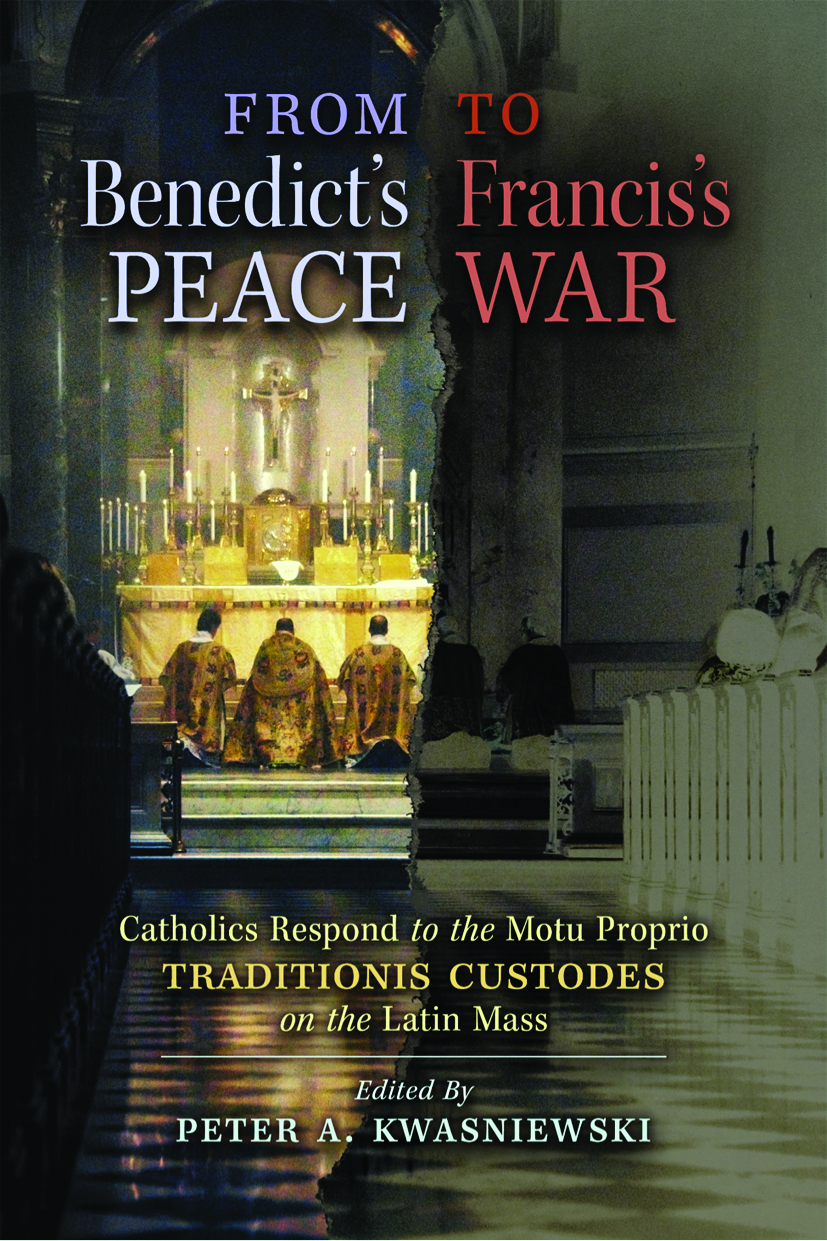On the last day of May, Feast of the Visitation of the Blessed Virgin Mary, L’Osservatore Romano published an insert entirely dedicated to women. Since Prof. Gian Maria Vian became editor of the Pope’s newspaper on October 27, 2007, the number of female journalists has increased considerably. (When I interviewed him in the autumn of 2007, he told me that he valued the presence of female collaborators, and that the Pope and the secretary of state had told him this was a priority.)
The first female journalist engaged by L’Osservatore Romano was Silvia Guidi (2008), followed by Giulia Galeotti, who joined the editorial office for culture. Marta Lago contributes to the Spanish edition of the paper. And other female journalists staff the foreign editions of the paper: the English weekly edition in entirely produced by women (two Englishwomen, an American and two Australian women); the Portuguese, Spanish and Polish staffs, too, are dominated by women (three women and one man each). Other women collaborate from outside with the Vatican newspaper. Among them: Lucetta Scaraffia, professor of contemporary history at “La Sapienza” University of Rome. She was the editor of the insert on women.
Professor Scaraffia, you edited the insert on women that L’Osservatore Romano published. What exactly is it about?
Professor Lucetta Scaraffia: We chose the Feast of the Visitation as the date for the first issue of the insert because the meeting between Mary and Elizabeth has always represented the relationships among women in Christian culture, signifying female solidarity.
The insert is intended to give voice to women and provide information about their presence in the life of the Church all over the world. Many people see the Church as an entirely male institution made up of only bishops and cardinals, so once a month at least we will open a window onto the presence and role of women in the past and present of the Church.
Who will write for the insert?
Scaraffia: We will start with the best-known Italian collaborators, but we would like to avail ourselves of the contribution of women from all over the world. We attach great importance to the world-wide scale, which is that of the Catholic Church.
Will the insert have a particular layout?
Scaraffia: Though within the graphic style of L’Osservatore Romano, the insert, entitled Women, the Church and the World, will have a layout of its own with a cartoon on the front page, “Suor Ultima” (“Sister Last”) drawn by Cinzia Leone and a drawing done for us by Isabelle Ducrot, a contemporary artist. The drawing in the first issue will be about the Visitation.
The prevalent form of feminism, which originated in the 1960s and 1970s following the sexual revolution in the USA and the 1968 student movement, was an individualistic feminism hostile to men, to marriage and to motherhood, hence hostile to the Church as well. How can we break the monopoly of this feminism dominating Western culture and media?
Scaraffia: Feminism was and is many things at once. It is, first of all a demand for recognition of women’s role, which, to be honest, the Church has often ignored or underestimated. Yet there is a difference between feminism claiming equality as the assimilation of the female to the male role, in other words feminism aiming at the elimination of female uniqueness, including motherhood, and feminism as recognition of the difference between male and female uniqueness. Difference has too often been synonymous with inequality, but we defend difference and will make it known, proposing a new feminism.
Wlodzimerz Redzioch is a Polish writer who lives and works in Rome.






Facebook Comments